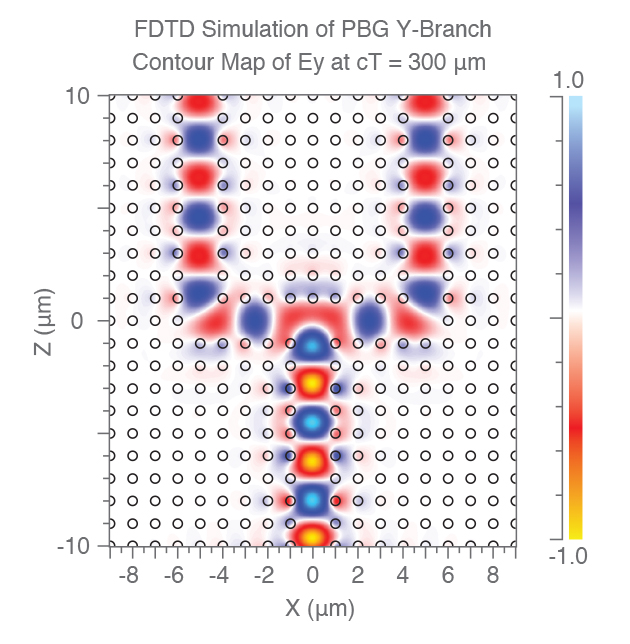
FDTD SOLUTIONS DOWNLOAD FULL CRACK
The principle revealed in this work is helpful for design and optimization of 3D SERS substrates. Workig with Lumerical Suite 2018a full crack Description: The Lumerical FDTD Solutions software is a high-performance 3D application for the solution of.

In addition, the extinction spectra of Ag nanotube and Ag-decorated TiO 2 and SiO 2 nanorods were calculated and the refractive index of dielectric materials was found to be capable of tuning the LSPR of 3D SERS substrates as well.
FDTD SOLUTIONS DOWNLOAD DOWNLOAD
If you wish to download it, please recommend it to your friends in any social system. Our solid options trading platform is a secure web based binary options trading system. The FDTD results were discussed with a comparison to the experimental data obtained from flower-like Ag-ZnO-NR 3D SERS substrates. Lumerical provides the tutoriql FDTD Solutions, finite difference time domain,which empowers designers to confront the most challenging nanoscale. A parallel three dimensional (3-D) finite difference time domain (FDTD) algorithm for the solution of Maxwell’s equations with nearly perfectly matched layer (NPML) absorbing boundary conditions is presented. Both of high- and low-frequency LSPRs were enhanced with the increase in the Ag-ZnO-NR length while the intensity of local electromagnetic field depends on the Ag-ZnO-NR density. approach known as the finite-difference time-domain (FDTD) method. The diploe local surface plasmonic resonance (LSPR) was found to split into high- and low-frequency two branches, in which the low-frequency mode is predominant in contributing to the Raman enhancement, while the ZnO-NR radius and Ag-layer thickness play important roles in tuning the LSPR frequencies. accurate solutions of Maxwell's equations subject to proper boundary conditions.

To optimizing 3D SERS substrates, the extinction spectra and local electromagnetic fields of Ag-decorated ZnO nanorods (Ag-ZnO-NR) were studied by a finite-difference time-domain (FDTD) method. Surface enhanced Raman spectroscopy (SERS) is becoming an effective method of detecting organic molecules, and three-dimensional (3D) SERS substrates are promising in practical applications.


 0 kommentar(er)
0 kommentar(er)
